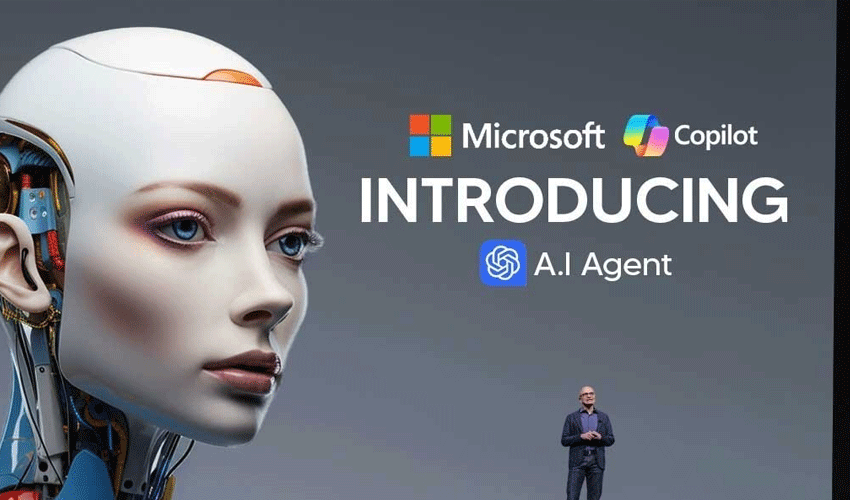Microsoft has outlined its vision for a future where artificial intelligence (AI) agents from different companies can work together seamlessly, sharing information and retaining memories of past interactions to improve user experiences.
Speaking ahead of the company’s annual Build conference in Seattle scheduled for May 19, Microsoft’s Chief Technology Officer Kevin Scott highlighted efforts to promote industry-wide standards enabling interoperability among AI agents — software systems designed to autonomously perform specific tasks, such as troubleshooting software bugs.
Scott revealed that Microsoft is supporting the Model Context Protocol (MCP), an open-source initiative introduced by Anthropic, a Google-backed AI research firm. MCP aims to create an “agentic web,” akin to how hypertext protocols in the 1990s facilitated the rise of the internet, allowing AI agents from diverse sources to collaborate and share context.
“This means your imagination drives what the agentic web becomes, not just a handful of companies that happen to see some of these problems first,” Scott said during his address at Microsoft’s Redmond headquarters.
In addition to fostering cooperation between AI agents, Microsoft is also focusing on improving their memory functions. Currently, many AI systems operate in a transactional manner — processing each user interaction in isolation without effectively retaining prior context.
Enhancing AI memory, however, comes with substantial computational costs. To tackle this, Microsoft is exploring a technique called structured retrieval augmentation. This approach enables an AI agent to capture concise summaries of conversational turns, effectively creating a “roadmap” of past interactions. Scott likened this method to how biological brains train themselves, avoiding the need to reprocess all information from scratch when addressing new problems.
With these advancements, Microsoft aims to deliver AI systems that can provide more personalized and context-aware assistance, potentially revolutionising how users interact with digital tools across industries.







